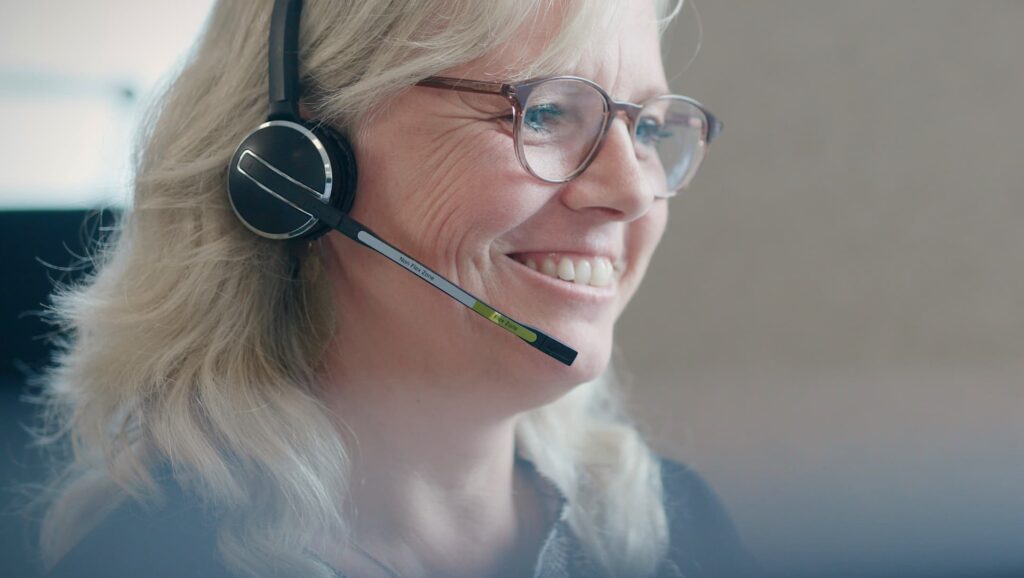Tenant
Maintenance of your apartment

Tenant

On this page, we have gathered all the necessary information about the maintenance of your apartment.
It is the case that both tenants and landlords have an obligation to take care of the property and the apartment.
In your lease, you can find information about whether you have a regular maintenance obligation or an extended maintenance obligation.
Here you can also see if you are responsible for the interior maintenance, and if a maintenance account (‘vedligeholdelseskonto’) has been set up, to which you pay a monthly amount along with your rent.
Your contract will indicate whether you or the landlord are responsible for the interior maintenance of the apartment. If you are responsible for the interior maintenance, it means you must ensure that the walls, ceilings, and woodwork in the apartment are painted and the floors are varnished regularly, so your apartment always appears well-maintained.
If the landlord is responsible for the interior maintenance, you must continuously inform the caretaker about any maintenance deficiencies in your rental property. Generally, it is assumed that a residence should be painted approximately every 4-5 years to be well-maintained.
If you choose to get professional help for the work, the property’s caretaker can often provide good advice on materials and color choices, as well as help find skilled craftsmen. We always recommend using professional and authorized craftsmen, as it ensures the best quality, and we also encourage you to do so.
If the landlord is responsible for the interior maintenance, an interior maintenance account may have been established. If your apartment has an interior maintenance account, it will be stated in the contract. Along with your rent, you pay a monthly amount into this account. The amount is determined according to the rent act and is adjusted annually on January 1. As a starting point, the money in the account should be used for interior maintenance. Before starting maintenance work, we recommend that you first check the account balance. You must always contact the caretaker to ensure that you can use the money in the account for the intended purpose. The caretaker must also approve the work when it is completed.
If your apartment is well-maintained and the balance is more than three years of allocations, the money can be used for other maintenance work. This could be, for example, replacing the kitchen countertop or mixer taps.
Be aware that the lease agreement may sometimes specify that the work may only be carried out by VAT-registered craftsmen. If you choose to do the work yourself, you can be reimbursed for reasonable material costs. However, you cannot be compensated for your own ‘labor’. Once the work is completed, the bills must be submitted to the caretaker. If the work is carried out as agreed, we will refund the expenses. It is important to have the caretaker inspect the work and attest the bills as soon as possible. If the bills are more than three months old, they cannot be refunded.
In addition to the internal maintenance obligation in the rental property, which includes ceilings, floors, and woodwork, you may also have a general or extended maintenance obligation. It will be stated in section 11 of the lease contract if you have an extended maintenance obligation. Otherwise, you have a general maintenance obligation. This means that, in addition to the internal maintenance obligation, you are responsible for maintaining and renewing your locks and keys. On the other hand, the landlord is responsible for maintaining and renewing the apartment’s installations, such as water and gas taps, sinks, toilets, radiator valves, sockets, and – provided the property owns them – the apartment’s major appliances.
In the table below, you can read whether it is you or the landlord who pays for maintenance tasks, depending on the maintenance obligation you have.
Download an overview of your maintenance obligationIn your lease contract, it may be stated that you are obligated to carry out other and more maintenance than painting the walls and varnishing the floors in your apartment. This is normally referred to as an ‘extended maintenance obligation’ and means that you are responsible for maintaining and renewing fixtures and installations.
It will always be stated in your lease contract or the supplement to it, exactly what you must maintain, which items you must maintain, and possibly renew.
This can mean, among other things, that you are liable for the replacement or repair of parts in the apartment, e.g., a mixer tap, a cistern, a kitchen countertop, appliances, and double-glazed windows if it is not maintained when you move out.
When we have assessed how much of the total expense you must bear, we always take into account the period you have lived in the apartment and how well you have taken care of maintaining the things.
In the table below, you can read whether it is you or the landlord who pays for maintenance tasks depending on the maintenance obligation you have.
Download an overview of your maintenance obligationThe exterior maintenance includes all other maintenance than painting, liming, and wallpapering in the apartment, whether it is inside or outside the apartment.
As a rule, it is the landlord who has the exterior maintenance obligation unless otherwise agreed, for example, extended maintenance obligation.
Typically, the property’s caretaker is responsible for the exterior maintenance. So if you have questions about the operation of the property, you are welcome to contact the caretaker.
Tips and tricks

Contact us
Don’t hesitate to contact us. We are ready to help you with big and small matters.
Contact us